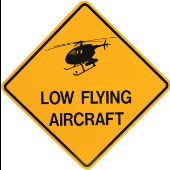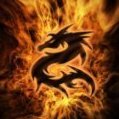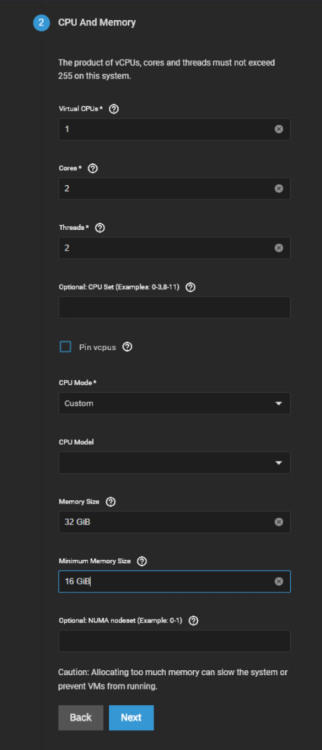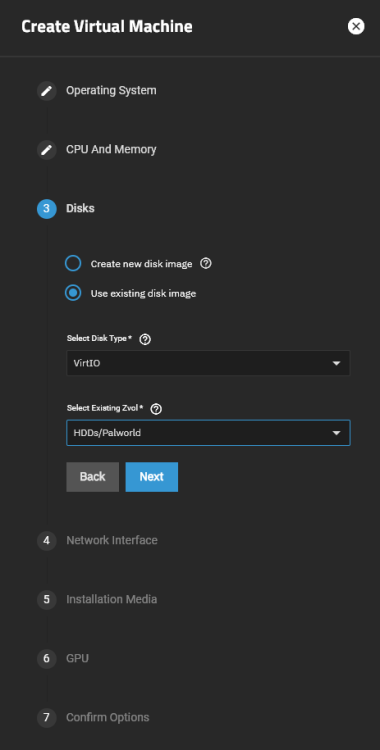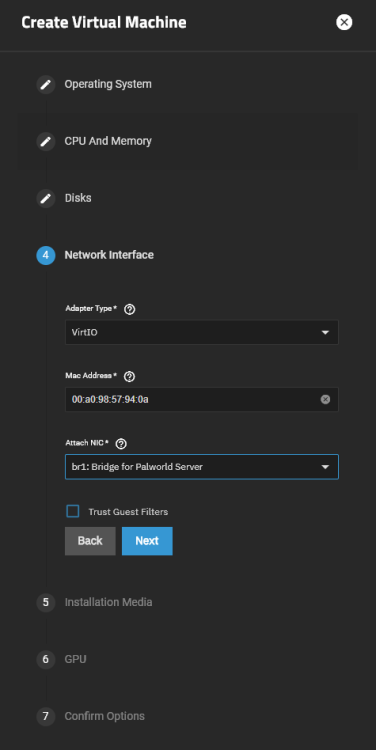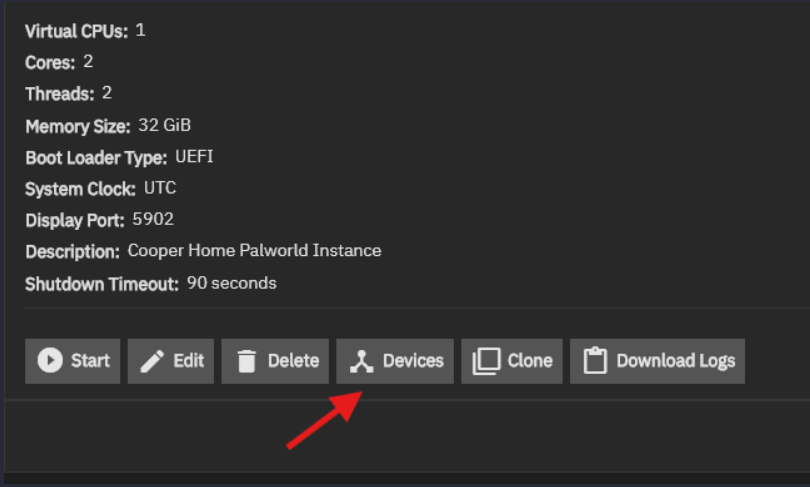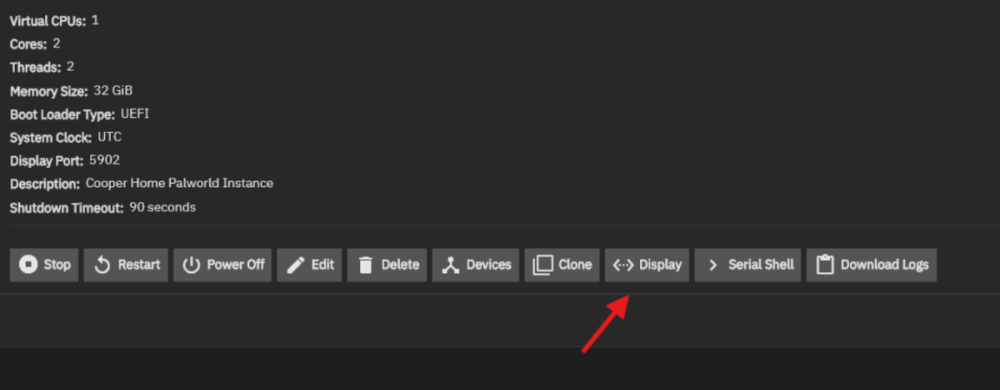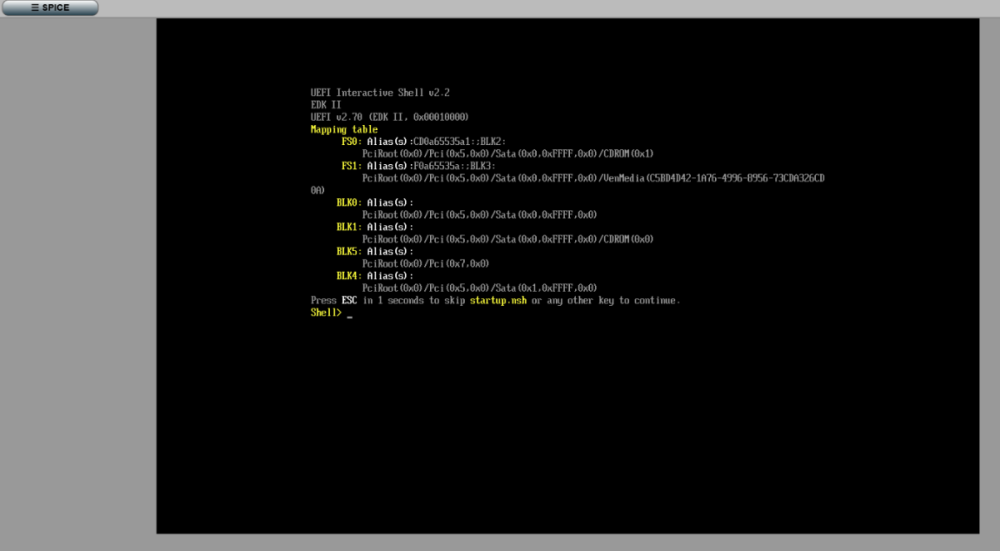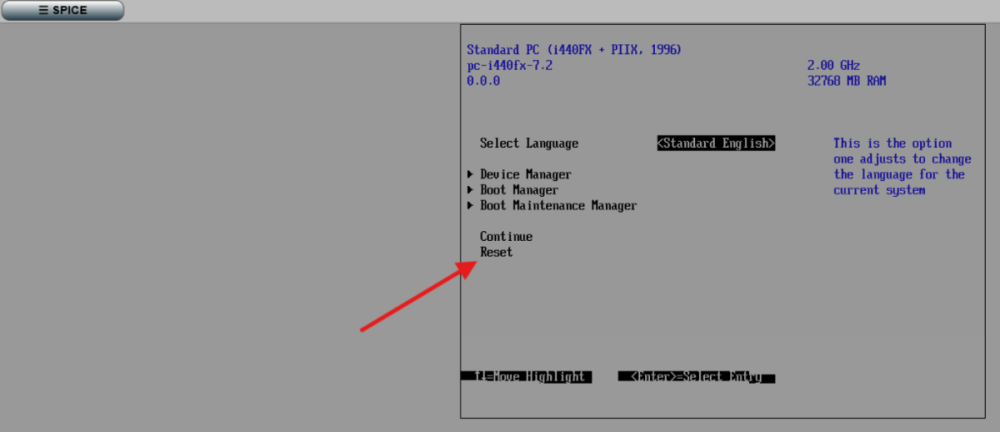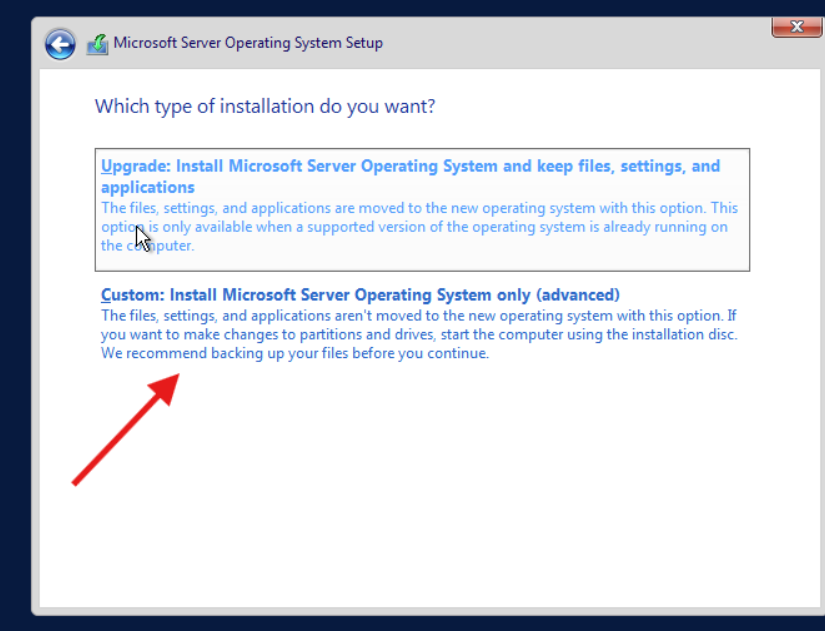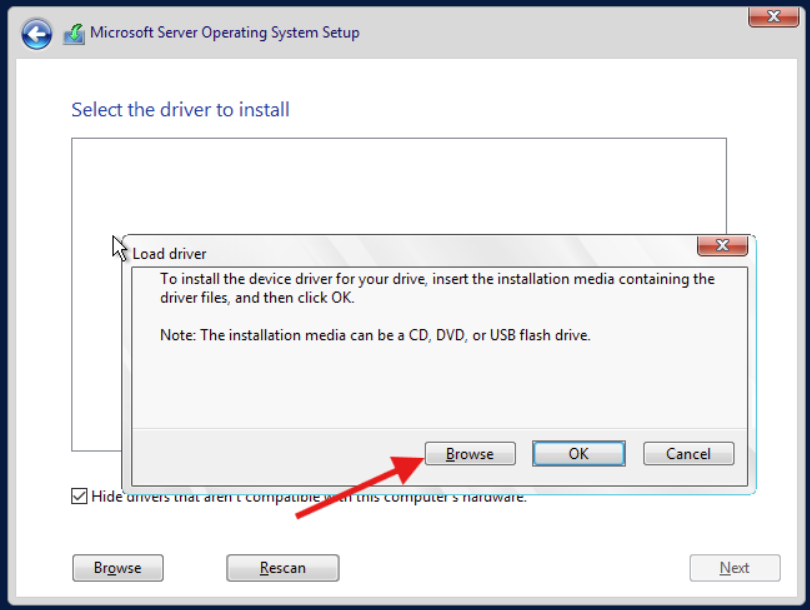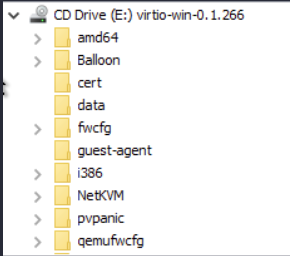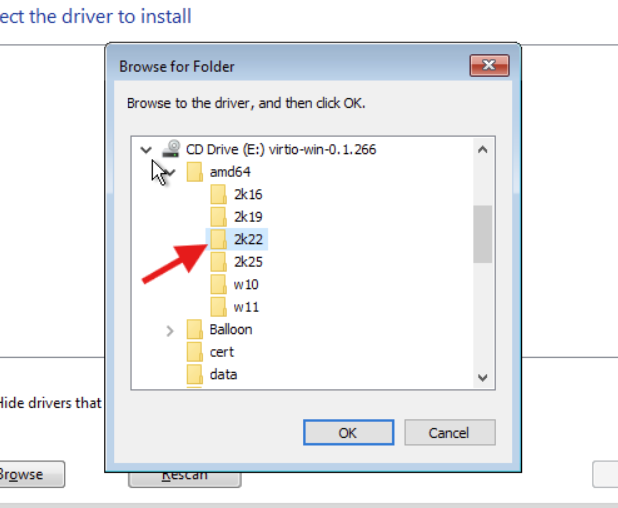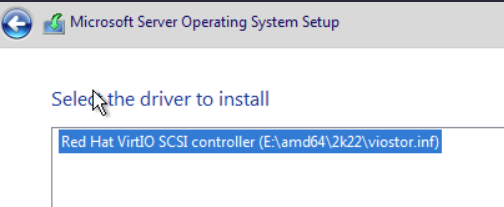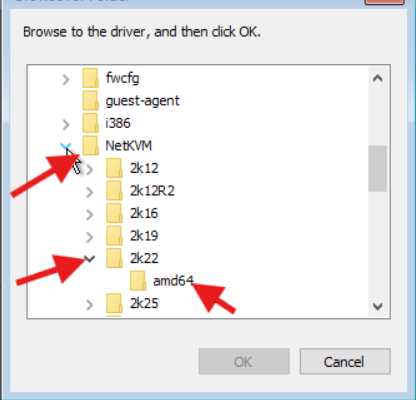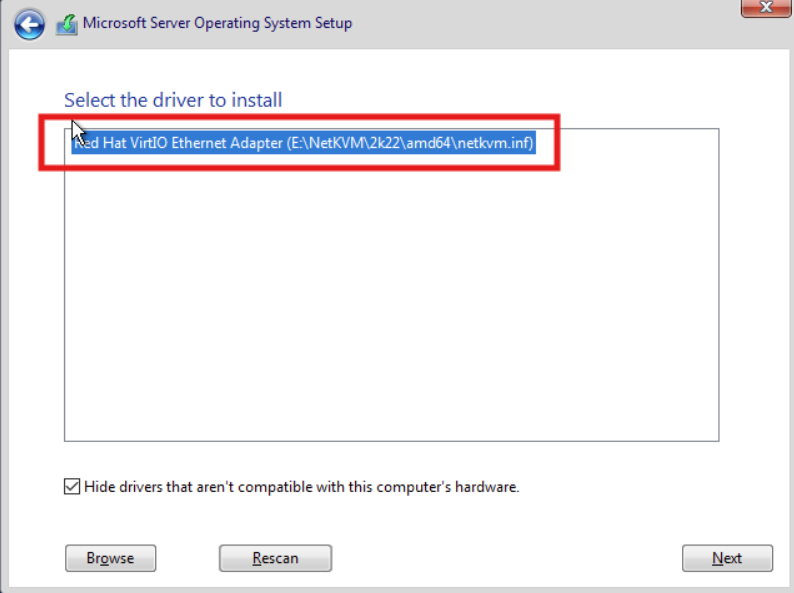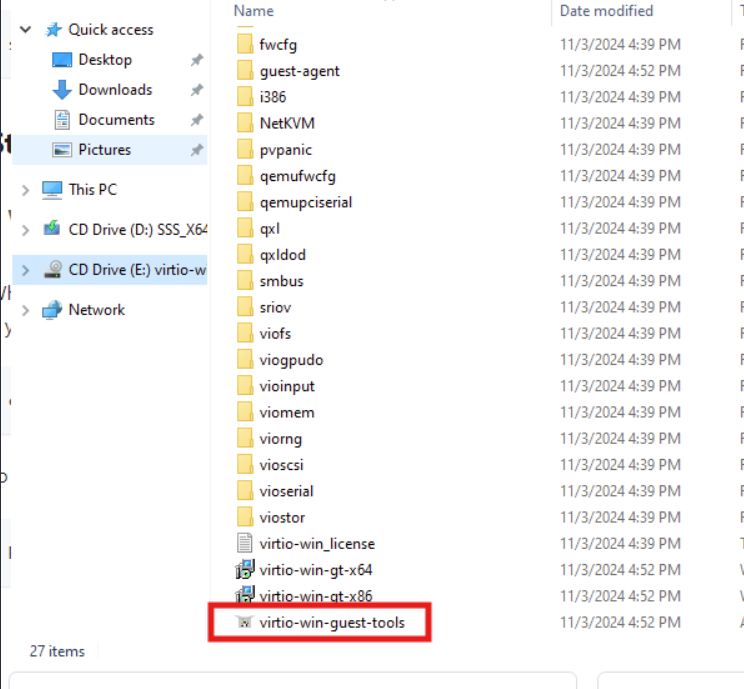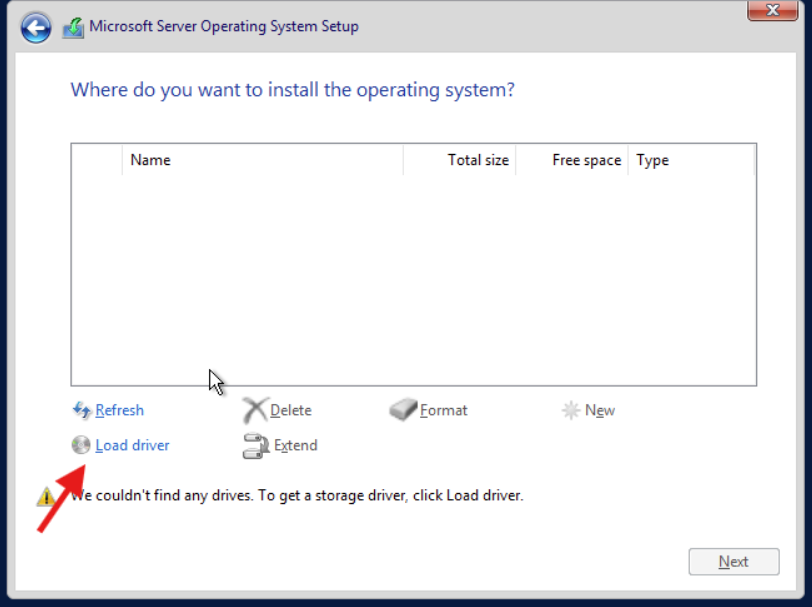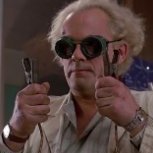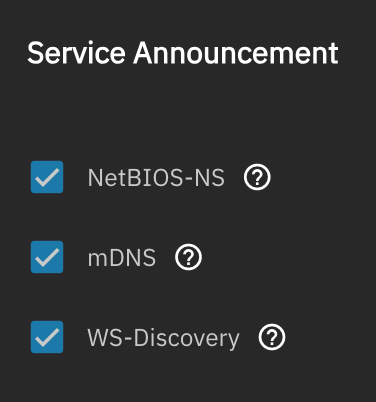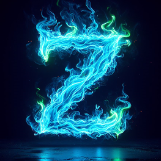Leaderboard
Popular Content
Showing content with the highest reputation since 06/02/25 in Posts
-
Mill got me figured out, thanks y'all!3 points
-
3 points
-
So I saw the message that an update had been posted so i ran it and less the 8 minutes later it working fine and it found all my drives and working perfect.2 points
-
Is there any update / ETA for when users who have been using TrueNAS & want to switch to HexOS will be able to import their pools inside of HexOS? I purchased the license on Black Friday & would love to contribute but have been waiting on the ability to seamlessly import my pools. I saw a post about a user importing a dummy drive & then importing them in the TrueNAS UI but I want to do it through HexOS & not do a hack method2 points
-
Server has been up for ~5 days now with no issues. Thanks!2 points
-
Seems like the hexos team has been looking into this issue and there should be a post on it very soon. For now can you try to update the underlying truenas os to 24.10.22 and then try the following Login via TrueNAS UI and navigate to the Network page. Observe the value for the interface IP address as well as the Global Configuration Nameserver and Gateway. The interface should show the IP address that DHCP assigned. Nameserver should show an IP address with “(DHCP)” next to it; most likely matching the gateway. Click “Settings” on Global Configuration and observe the values specified for DNS 1. Even though the value was dynamically assigned, it appears as a fixed value within the Global Configuration Settings pane. Editing the pane and clicking “Save” will change the DNS 1 entry from “DHCP” to static. Editing the pane and deleting the DNS 1 entry and clicking save will return the DNS 1 entry to “DHCP”, but only if the interface IP is also set to DHCP. If the Interface IP’s DHCP checkbox is unchecked and you edit global configuration deleting the DNS 1 entry and clicking save, it will leave DNS 1 blank and no name server will be specified. Click “Edit” on the Interface and observe that no values are specified for the DHCP IP address in the form. Uncheck “DHCP” checkbox. Click “Add” under the “Aliases” section to add a manually specified IP address. Click “Save” Observe the Nameserver still showing “(DHCP)”. Click “Test Changes”. Renavigate your browser to the new manually specified IP to load the TrueNAS UI. Go to the Network page. Observe the Global Configuration section showing no value under Nameservers. Click “Settings” on Global Configuration and observe no value under DNS 1. If it doesnt work please let me know2 points
-
Hey HexOS folks. I know a lot of us are feeling both frustrated about the pace of updates and hopeful about what's coming in the future for this platform. I have always been intimidated by platforms like UnRAID and TrueNAS - so this has been an opportunity for me to dip my toes into self-hosting. That said, the pace of communication from the team on the forum, Reddit, and elsewhere has been so very frustrating. The mods here are great and do what they can but we're not just here to get a product, I'm sure I speak for more than just myself in saying I'd love to see behind the curtain a little bit as an early adopter. Please, please, please consider this a priority, because idk about the rest of you but I can feel a fair bit of frustration starting to build here.2 points
-
Thanks for your feedback and I wholeheartedly agree. I have gotten some very helpful messages from another community member here who actually acts as a Community Manager for some other pretty popular products. We are planning to expand the team in the future specifically in this area. I'm confident that by the end of Q3, you'll be much happier with the frequency of communication and updates!2 points
-
You need to deactivate the C-States in the BIOS for Ryzen 1000-3000 CPUs, because this is causing the crashes.2 points
-
This is due to a recent update on the Truenas side that means apps require 24.10.2.2 build to work, HexOS is still running the 24.10.0 build. It will be updated soon in the Q2 update, but if you can't wait for that, you can manually upgrade your system to 24.10.2.2 if comfortable to do so. Also it's be advised DONT go to 25.0 builds.2 points
-
i'm personally on 25.04.0 without any issues, BUT - i don't want to be suggesting updates to the wider user base until confirmed by the Eshtek team. we're still waiting to get a response / suggested next steps.2 points
-
The Eshtek team have been made aware, awaiting an answer on resolution.2 points
-
Just a comment on the question itself, ”What new gear are you interested in?” I believe this topic by @Dylan will have eternal life. I compare this to a Swedish hifi forum I take part in, where a user in September 2005 posted the topic ”What are you listening to right now?” Two simple and innocent questions started it all. ”What’s rotating on your record player right now? What’s playing in Windows Media player at this moment? ” This topic is still active now in 2025 with new posts regularly. Hifi people always listen to music 😉 And in the area we’re in, there will always be new computer gear to catch your eye. Or new software, for that matter. I believe this was like hitting the nail on the head. A reflection on a Monday.2 points
-
1 point
-
@Insanittyx you should be good to go now without any more troubleshooting just log back into deck and you can claim your new server1 point
-
1 point
-
Below is something you can try and if it doesn't work for you continue to reach out to support@hexos.com. Isuse= TrueNas device gets a new ip things need to be setup manually in the TrueNas interface. Accessing the Network Settings: Go to the TrueNAS SCALE web interface and Navigate to the "Network" section. Once in there you need to update the ip information. We've found the the DNS Servers and or the Default Gateway are set to the old one. Update it to your new one. An example is if your new one is 192.168.3.X you need to update both to 192.168.3.1. Make sure to save the changes and reboot in TrueNas. HexOS then should have internet and be able to see your hardware. Thank you, HexOS Team1 point
-
Yes make mkv can run on hexos but at this time it will have to be installed via the underlying truenas interface. However i suggest just running it on whichever machine is stronger for convenience purposes. Here is a guide to install it on truenas https://www.reddit.com/r/truenas/s/FyNpLmWfYi1 point
-
it isnt exactly what you want but the truenas app catalogue does list it when there are a lot of users for an app https://apps.truenas.com/catalog/1 point
-
1.0 is still planned for this year but it could mean 12/31/2025 nothing more specific has been announced at this time1 point
-
Hello, I successfully installed HexOS using UTM on macOS with an Apple M3 CPU (ARM). UTM, which is built on QEMU, allows you to emulate* a different architecture if you’re running something other than ARM. In this case, it was used to emulate x86_64, which is required for HexOS. Notes: • Disable UEFI: Ensure UEFI is disabled in the hypervisor template. • Use BIOS: During the HexOS installation process, do not enable UEFI; choose BIOS instead. • Add Pool Drives Later: Pool drives (IDE) were added after the initial setup. If this step is not followed, the deck may not be able to locate the local server. • App Installation: Apps were added via the TrueNAS interface because the HexOS installation was failing at 60%. • Hardware Settings: • Architecture: x86_64 • System: Standard PC (Q35 + ICH9, 2009) (alias of pc-q35-9.1) (q35) • Emulated Display Card: virtio-vga-gl (GPU Supported)1 point
-
Getting there, these are what I have running at the moment. iX App is owncloud running, that took about 30 hours and 4 different AI chat bots mainly. There wasnt much out there to help with getting it to run. Why owncloud and not next cloud. I had next cloud installed, didnt like it. So I tried owncloud which feels tidier and more refined and it does what I want it to do. I would love to try and make an install app for it (if your listening hexos people and turenas people) . Whats next, reverse proxy so I can access it all securely from the outside. I did have something like jellyfin.home working with https for my local, however the tv doesnt like it. Computers are fine.1 point
-
First of all, it's a pleasure to be part of the community. I apologize if someone else has already written this, but I was looking through the posts. English isn't my native language, and I didn't see it anywhere. I understand that hexos is a custom TrueNAS ISO. It would be nice if, during installation, it showed things like disk startup, updates, and user loading. On the other hand, like many others, I had issues moving the server from one network to another, claiming a server that had already been claimed, or other things I had to do, such as commands or even a fresh installation. I think it would be very useful in the TrueNAS panel have an app from day 0, called "hexos app" or "hexos conection," etc., that handles several things, such as: You can log in and out of the account, information about that account and the connection to the online panel, It can update the device's internal IP to the online panel, shoh public ip, etc You can also add features such as DDNS, factory reset, I also saw that Cloudflare tunnels were recommended. This same app could provide a service similar to "zero trust," capable of solving the problem of not having to touch the router to provide a tunnel to the online panel and having tabs with the services that are internal to our local network. future familiar conections, etc Well, other than that, I like where development is going, I hope. I'm looking forward to the new changes and I send you all a big hello.1 point
-
Hi Duncan! I believe that community involved/led app curation is planned, but it is not available yet, as we are still kind of early in the development cycle.1 point
-
1 point
-
it might work but jgreco, the guy that wrote the truenas 10gb primer, called it garbage. yup nvenc should be more than adequate for plex but we usually recommend intel cpus for the lower power draw vs amd cpu + gpu. I get not wanting to deal with 13th and 14th gen. its why i usually recommend 12th and older or the new core ultras. How much it matters really depends on your power costs, for me with my shit rates itll cost me close to $40 usd a year just from gpu idle costs. if this is your OS drive, i would recommend spending less and getting a smaller drive as OS drive doesn't really benefit from being larger than 16gb as the rest of the storage is locked out. you can save your self a bit of money getting arctic p8 max or p8 silent fans, both highly rated. 80 plus efficiency means almost nothing for us homelab nas users as our systems will be at idle most of the time. Check out this article of best psu's from the ppl that do the cybernetics ratings You want to scroll to the graph for idle 20-80w power at 230v (assuming your are in australia) and just find whatever has the most efficiency. in general psus that are rated for smaller loads tend to be more efficient at 20-80w1 point
-
I've been on 24.,10.2.2 for some time, no issues and no conflicts with HexOS. It's Fangtooth (25.04***) that you need to stay away from for now.1 point
-
So, I installed version 24.10.2.2 and was able to install Plex, but Immich stopped installing at 60%. Before doing this, I backed up all my files on the server to my external hard drive, so everything is fine. I think I’ll wait for a response from the Eshtek team, and in the meantime, I’ll reinstall HexOS.1 point
-
Hi, I had the same problem but solved it by updating TrueNAS through its own panel. My situation: Fresh install of HexOS, tried to install NextCloud but had the same issue as described above by Chrizzle. I logged in to TrueNAS panel and updated on TrueNAS SCALE ElectricEel 24.10 [release] Train to version ElectricEel-24.10.2.2. Afterwards I successfully installed Nextcloud without any issues and HexOS deck is working perfectly too.1 point
-
I had the password issue back in the day when I uninstalled and reinstalled immich. At that time, my solution was to uninstall, remove the folders created for it, and then reinstall. That way it started with a clean slate and was able to set the password for itself. Given that installations, or at least updates, are a bit broken in general at the moment, now might not be the best time to sink a lot of effort into this. But the errors listed in this thread so far do not seem related to those issues, so I guess there might be hope.1 point
-
Can the Eshtek team confirm that we can just update from in truenas?1 point
-
For completeness, at least in Australia, the remote UI is very slow, which is another reason for this. I understand a remote-hosted server will always be necessary for some of the niceties of "just works" (HTTPS certificates/Servers through firewalls). But it would be good if it could hand off in some cases to a peer connection, like with WebRTC ICE.1 point
-
In case there is any confusion still on this topic, a local UI is coming...100%. We actually have already begun work (we have a docker container with the UI running at this point, but it's not fully functional yet).1 point
-
@Dylan, another SFF NAS device: https://www.bee-link.com/products/beelink-me-mini-n1501 point
-
You can do it now through the TrueNAS console itself (not HexOS Deck). I just configured one this morning for Dropbox. Once you login to the TrueNAS console itself, to to Data Protection and create a task for Cloud Sync Task. They have premade layouts for Backblaze1 point
-
It is a must these days to have TailScale support, especially for secure remote access. It is far too easy to mess up a WireGaurd/OpenVPN Config, if the goal is security and simplicity, Tailscale VPN access should be a high priority.1 point
-
Creating a Palworld server in TrueNAS VMs I wanted to write this out in case anyone else came across the need for a Windows Server install and couldn't find a resource for it. I pieced this together from several guides and just pushing buttons. Create the virtual disk Navigate to the TrueNAS admin page Navigate to Datasets Click Add Zvol Insert the Name, Comments (optional), and Size Navigate to Network Click Add Create a bridge for the VM to use (images to come later) In Bridge Members select your interface (eno1). Navigate to virtualization Pre-req: have your ISO loaded into a store that libvirt-qemu has full access to NOTE: If you don't allow this to have full access the VM creation will fail as it needs the ISO access to install the guest operating system. Have the virtio drivers needed to show up the disk to install in Windows. The drivers can be found here: https://github.com/virtio-win/virtio-win-pkg-scripts/blob/master/README.md - the stable build. Configure the VM with the following options: Leave Enable Display checked so you can login to it via Spice - it will not have networking when it starts. I gave it 2 cores, 4 threads because everything I could find on the internet said it needed that, and 32 GiB of RAM with 16 GiB as the minimum. Select the disk you created Select the bridge you created Select your installation media -we will add the VirtIO ISO later. I left Ensure Display Device checked - was unsure if needed it or not but left it there. Before booting click on the VM and select Devices Select Add in the top right corner and add a CD-ROM device and set the device order to lower than everything else (1003 for me). Boot the machine and connect with Spice. NOTE: If you miss the prompt to boot from CD you will have this screen here: Simply type Exit and it will drop you into a BIOs page. Select reset and then press your keyboard to boot from CD Navigate through startup until you get to disk selection, select Install Windows Only. You will notice on the next screen it cannot detect a disk - this is where the virtIO ISO comes into play. Steps below. Let it do it's initial setup of what it thinks you need. You will need to be selective otherwise it will hang. Below are the drivers I chose to install: Click Browse on the next screen Find your virtIO ISO and expand it. Expand amd64 and select 2k22 from the options. The listed driver should appear there now: Install the driver and the disk will appear. Next, we will install the network driver as well. Same steps as before, Load driver, navigate to the ISO, then select this option: All other drivers we can install with the guest tools from the ISO inside of the guest OS. Continue with the Windows installer. Select the empty disk for it to install it's files to. Once booted into the OS follow these steps: Navigate to the CD that has your virtIO ISO on it and double click on this file: Let it run. It will take a LONG TIME to install everything and will require you to interact with it somewhat. Reboot the server (Other:Unplanned) Install the Palworld dedicated server via SteamCMD located here: https://docs.palworldgame.com/getting-started/deploy-dedicated-server/ I hope this helps anyone else that might have been struggling with it. Massive shoutout to @Mobius for pointing out all my images were broken on my first post - finally figured it out!1 point
-
I think this is especially important during a beta where we're encouraged to not have production level expectations. If I'm supposed to test out HexOS, the lower the bar to try, the better. I don't want to tear down and split a real NAS or build a second to test. Let me take a little 1 drive used mini PC and let me mess about.1 point
-
Short answer: no You'll need to resort to using SMB, NFS, or Rsync over the network to copy from the USB drive to your TrueNAS ZFS pool. See also: https://www.truenas.com/community/threads/is-it-possible-to-copy-data-from-external-usb-drive.115693/1 point
-
1 point
-
I'm in favor of making it possible to add a one-drive pool. However, it should be a solution suitable for multiple user groups. Users like @theking8713 know what they're doing and should have the option to create a pool with a single disk and disable warnings. Less experienced users, on the other hand, should be made aware of the risks of a one-disk pool. Creating such a pool shouldn't be too easy either, as the risk of data loss is significantly higher compared to multi-disk pools.1 point
-
The ability to change the Platform folders installed. For example when Plex installs, it auto sets the folders which is fine but I can't then change them or add new ones into the Platform folders. Any new ones go straight into My Folders.1 point
-
Thank you!!!! I had seen references to this .tmp file issue but did not know how to get to the file.1 point
-
1 point
-
Have you seen any of the addons? https://apps.nextcloud.com/ Photos, Office, Contacts, Calender, the standard stuff. But then there's Talk for Video Calls and Recipe Book to name a few1 point
-
I hope Home Assistant integration is pretty high on the 'To-Do' list given its prevalence in the community and seemingly frequent pairing with TrueNAS. It'd be my first request as far as home automation handling goes after some searching1 point
-
I also totally agree. Nextcloud would be very high on the list of apps I would want in HexOS.1 point
-
Resilio is so useful, I really hope it is included in a easy workable form.1 point
-
I've mentioned it before on Reddit, but Unifi Console would be very handy.1 point
-
Resilio Sync I am aware there is an "app" for it for TrueNAS. However trying to get it setup is ridiculous. I have tried every permutation of settings to get it working. Failed every time. The only reference that I could find to get Resilio Sync to work on TrueNAS is in Japanese and there's NO sub titles for it.1 point













